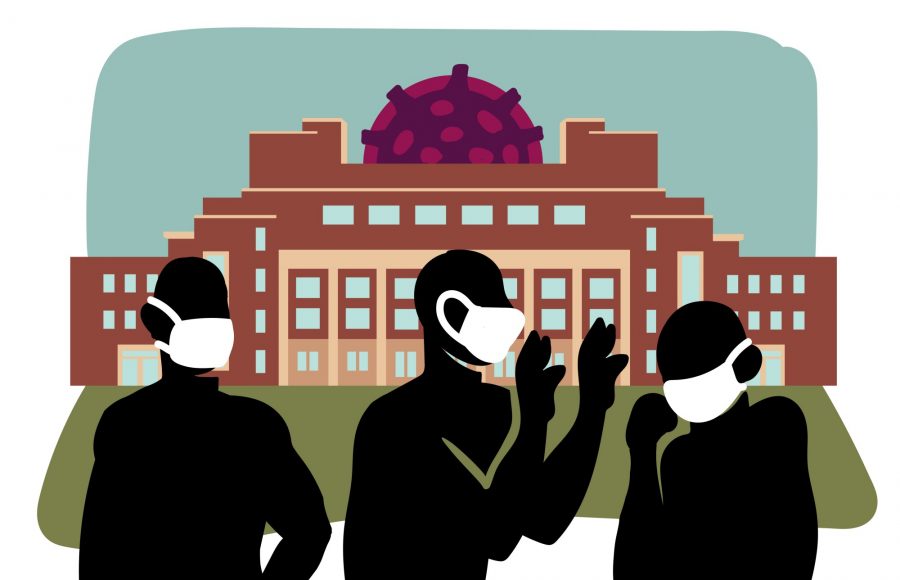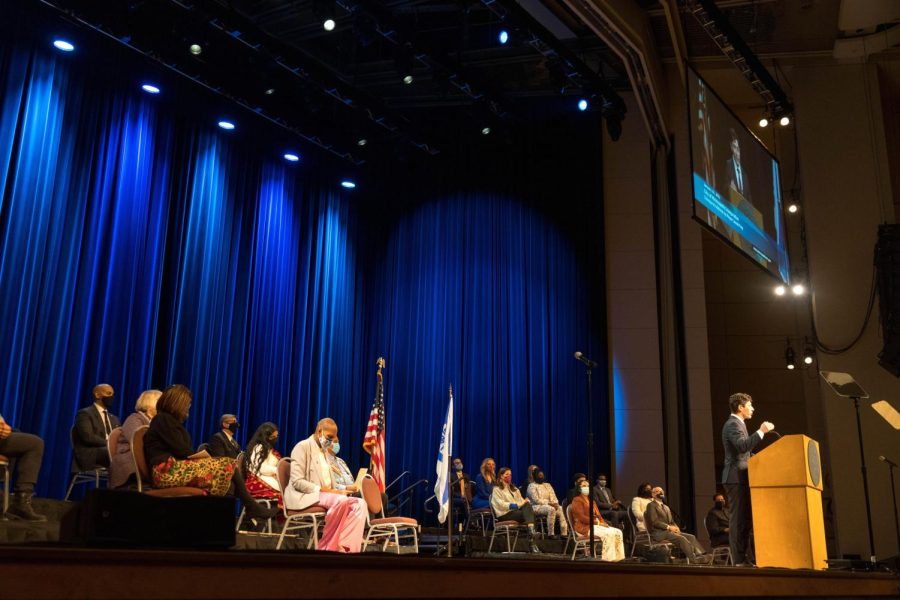With the University of Minnesota system moving to online instruction amid the coronavirus pandemic and many instructors using Zoom for online classes, some problems have surfaced regarding privacy and harassment.
The University’s Office of Information Technology has received many calls from faculty for various problems regarding Zoom. For example, some University students have appeared in class sessions in which they are not enrolled, and some professors have been kicked out of classes by students and could not rejoin, said Emily Raper, a University technology help specialist.
Raper said University units are taking precautions against these issues to ensure classes run smoothly.
“… [I]ssues related to privacy and risks of harassment have surfaced, on our campuses and nationally,” said former Executive Vice President and Provost Karen Hanson in an email sent to all faculty and instructors systemwide. “… I want to assure you that the University of Minnesota remains steadfastly committed to protecting your academic freedom, to protecting our instructional environments from intimidation and harassment, and to ensuring the privacy of our instructors and students.”
According to an Inside Higher Ed article written last month, some universities across the country have experienced “Zoombombing,” which encompasses an unwelcome user interrupting a Zoom meeting, and in some cases, sharing racist or pornographic content with others in the meeting.
As of now, the University has not had any Zoombombing cases involving members from outside of the University, but some University students have interrupted classes in which they were not enrolled, Raper said.

The reasons for some of these accidents, Raper said, are that the host rights of the meeting were accidentally passed to students, or someone used one link for multiple meetings and posted their link publicly.
Hanson introduced many resources for online teaching in her email, including the alternatives to Canvas and Zoom, guidelines to keep the Zoom meetings secure and free from disruption and resources from University Relations for responding to online harassment.
Raper said OIT is currently training faculty to lock their Zoom meetings. The security feature can lock the Zoom meeting so that no one else can get in or leave during the meeting.
“We’re taking really strict precautions,” Raper said.
Not only have professors experienced classroom disruptions during a Zoom meeting, but students have as well.
University senior Cassie Hagen encountered a group of Zoombombers while she was having a weekly meeting for the student group Compassionate Action for Animals.
Hagen said several people interrupted the meeting, talking in “rapid-fire” Spanish without their video cameras on. One of the Zoombombers asked the group a sexually explicit question.
Kate Paesani, director of the Center for Advanced Research on Language Acquisition, said though she personally has not encountered a Zoombomber, she mentioned the phenomenon to her students because there have been talks about Zoombombing among instructors at the University.
Paesani said for her classes she has implemented new Zoom features — setting up the “waiting room” to monitor who can enter the class session.
“I don’t think it would be a good option for instructors teaching larger courses, but with 22 students, it seems to be working just fine,” Paesani said.














